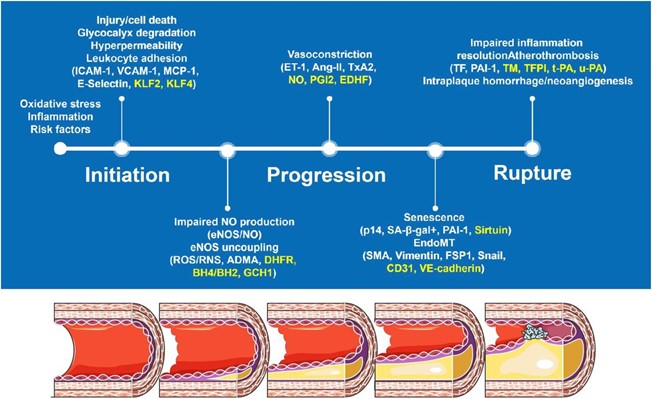High attitudes may produce hypoxemia through
Shunting
Hyperventilation
Decreased inspired oxygen
D. Diffusion abnormalities
The Correct Answer is C
At high altitudes, the air pressure is decreased, and there is less oxygen available in each breath. This leads to a decreased partial pressure of oxygen in the lungs, which can cause hypoxemia (low oxygen levels in the blood). Hyperventilation may initially help to increase oxygen delivery to the body, but it can also lead to respiratory alkalosis and decrease oxygen delivery to the tissues in the long run.
Nursing Test Bank
Naxlex Comprehensive Predictor Exams
Related Questions
Correct Answer is C
Explanation
Hyperventilation refers to an increased rate and depth of breathing, which results in excessive elimination of carbon dioxide (CO2) from the body. Carbon dioxide is an acidic gas that helps regulate the pH of the blood. When too much CO2 is lost through hyperventilation, it causes a decrease in the partial pressure of carbon dioxide in the blood (PaCO2), leading to a condition called hypocapnia.
Hypocapnia can cause symptoms such as lightheadedness, dizziness, and tingling in the fingers and toes.
Correct Answer is B
Explanation
Atherosclerosis is a complex disease process that involves the gradual buildup of plaques (fatty deposits) in the walls of arteries, leading to narrowing and reduced blood flow. The exact cause of atherosclerosis is not fully understood, but it is thought to involve a combination of genetic, lifestyle, and environmental factors
One of the key contributing factors to atherosclerosis is damage to the endothelial cells that line the walls of arteries. This damage can be caused by a variety of factors, including high blood pressure, smoking, high levels of lowdensity lipoprotein (LDL) cholesterol, and other inflammatory factors. When the endothelial cells are damaged, they release chemicals that attract white blood cells to the area. These white blood cells then migrate into the arterial wall, where they begin to accumulate and form fatty deposits called plaques.
Over time, these plaques can grow and calcify, leading to further narrowing of the artery and reducing blood flow to the affected tissue. In addition, plaques can rupture and form blood clots, which can completely block blood flow to the affected area and cause a heart attack or stroke.
While high serum cholesterol levels are a risk factor for atherosclerosis, they are not the sole cause. Similarly, an increase in antithrombotic substances (substances that prevent blood clots) and congenital heart disease are not primary causes of atherosclerosis, although they may contribute to the disease process in some cases.
Whether you are a student looking to ace your exams or a practicing nurse seeking to enhance your expertise , our nursing education contents will empower you with the confidence and competence to make a difference in the lives of patients and become a respected leader in the healthcare field.
Visit Naxlex, invest in your future and unlock endless possibilities with our unparalleled nursing education contents today
Report Wrong Answer on the Current Question
Do you disagree with the answer? If yes, what is your expected answer? Explain.
Kindly be descriptive with the issue you are facing.
